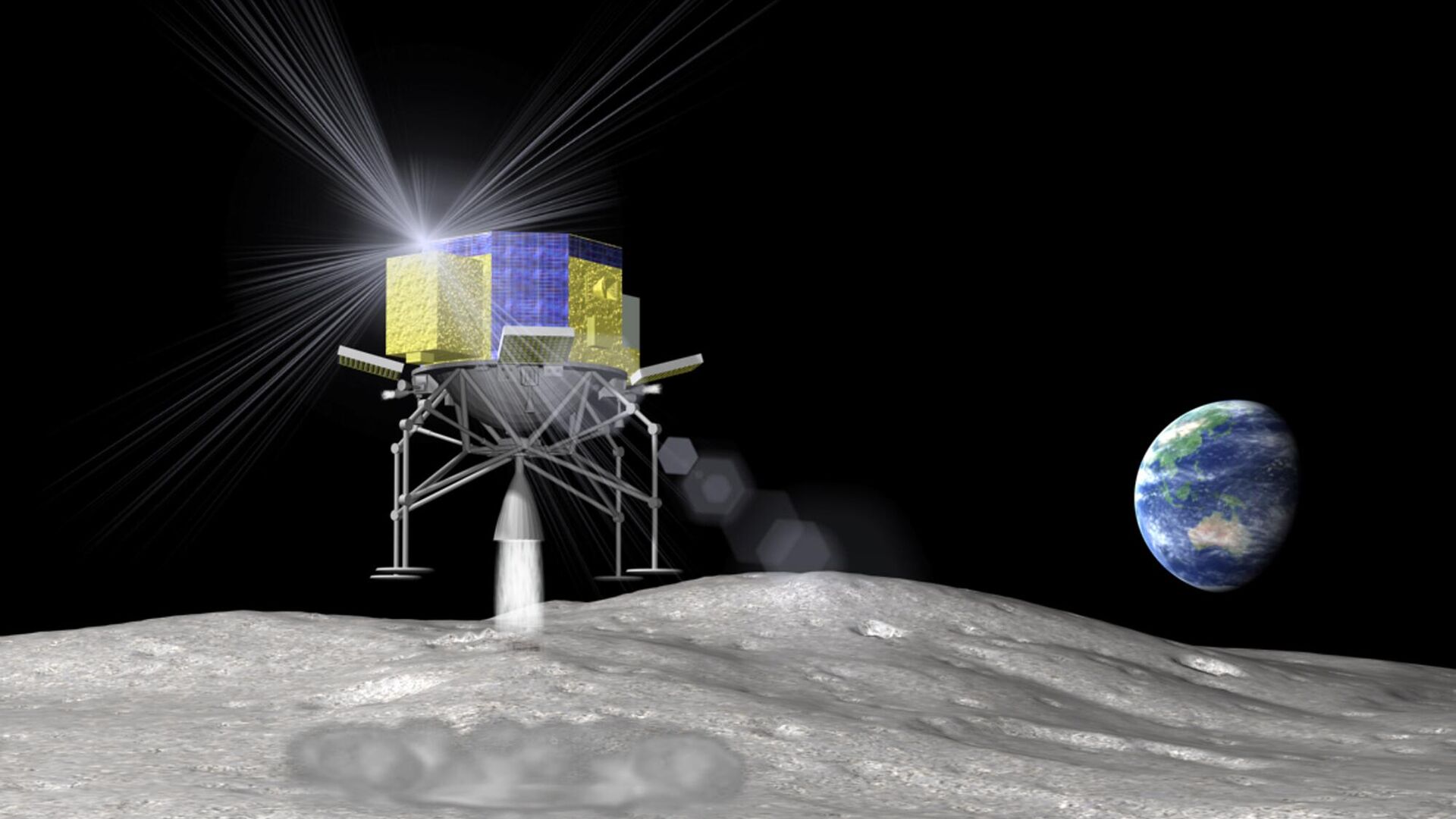
TOKYO, January 19The first Japanese lunar module SLIM landed on the surface of the Earth's satellite, live broadcast by the Japan Aerospace Agency (JAXA).
Judging by the readings on the screen, the real situation is being clarified.
The main goal is not just a safe lunar landing, but the accuracy of the lunar landing at a given point with an error of 100 meters. In the future, this will ensure a safer landing on the lunar surface for other spacecraft, including manned ones.
Last September, Japan launched its first lunar module SLIM. Particular attention during the development of the lunar module, which was led by Mitsubishi Heavy Industries jointly with JAXA, was paid to precision during landing. If until now the landing was carried out with an accuracy range of about 10 kilometers, now it must land at a predetermined point with an error of 100 meters.
As the project developers explained live during the launch of the module, a successful and accurate landing on the Moon will mean for science a transition from an era when the fact of landing on the Moon was important, to the era of the vehicle accurately hitting a predetermined point. The developers plan to test technologies for image navigation and self-navigation of the module. The second task is to check the operation of the light module systems. The task of reducing the weight of equipment while maintaining the accuracy of its operation is extremely important for the development of further space flights, as it will allow transporting more necessary equipment.
SLIM carries two devices: LEV1 and LEV2. LEV1 will be engaged in photography, and its ability to “jump” on the surface of the Moon will also be tested. LEV2 is a tiny lunar rover, about the size of a baseball. After landing on the Moon, it will take on an elongated shape and move along the surface of the Moon. While LEV1 will take photographs and move in leaps, and LEV2 will roll over the surface of the Earth's satellite, SLIM itself will engage in astronomical observations.


























































Свежие комментарии